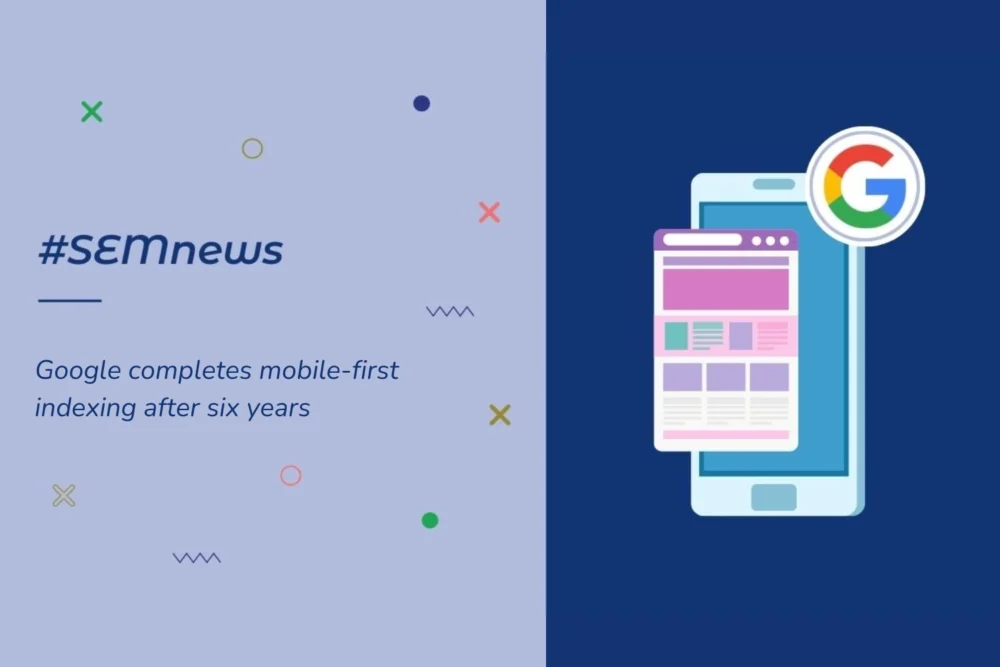Google has announced an important milestone in the world of online searches: it has finally completed the mobile-first indexing process, a process that has taken a good six years. This is important news for all users who use smartphones for their Internet searches.

Indice dei Contenuti
What is mobile-first indexing?
Mobile-first means giving more importance and priority to websites optimised for mobile devices over desktop versions. This is because more and more people are using smartphones to access the Internet.
It is therefore crucial that websites are adapted to the screen size of mobile devices, offering smooth navigation and optimal display of content.
The long road to mobile-first
Google has worked hard over the past six years to promote the mobile browsing experience and push website owners to make their sites suitable. During this process, it has introduced tools and guidelines to help developers and SEO Specialists optimise their websites for viewing from smartphones.

What does it mean for website owners?
With the completion of mobile-first indexing, Google emphasises the importance of the mobile experience for users. Websites that are not well optimised for mobile devices may suffer in terms of visibility in search results, and thus may be penalised by losing positions. Therefore, it is crucial for website owners to ensure that their sites are fully compliant and offer intuitive navigation.
This implies that much attention must be paid to optimisation for smartphones. A responsive website, with fast loading times and an optimised layout of elements, is essential to ensure good visibility in Google search results.
In conclusion, the completion of mobile-first indexing by Google is an important step to enhance the mobile experience of users. This change highlights the importance of mobile-friendly browsing and should push website owners to optimise their sites for mobile devices to ensure better online visibility.

